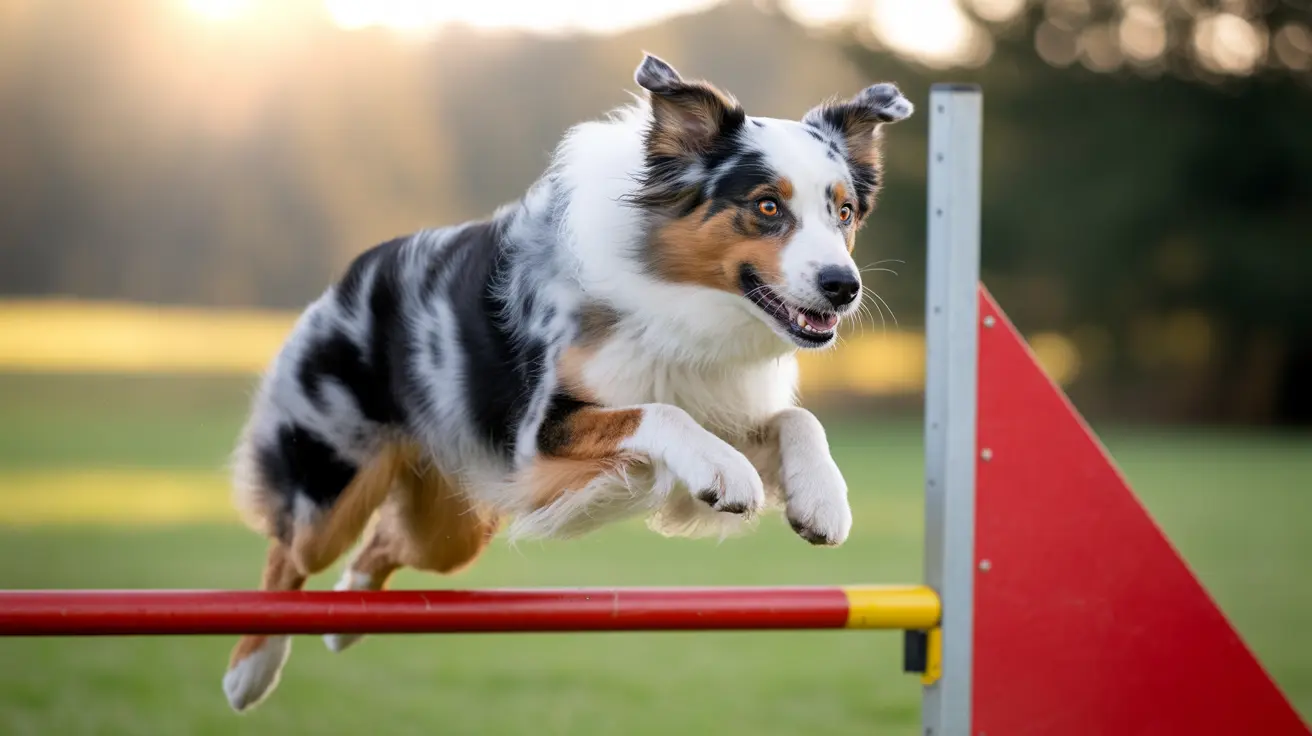Understanding How Dogs Apologize: Canine Guilt and Reconciliation
Dogs are remarkable social animals with strong instincts for pack bonding and maintaining harmony. Though they don't experience guilt or remorse exactly as humans do, they have developed key body language signals and behaviors that mimic apology and reconciliation. These actions help mend social bonds, whether with other dogs or their beloved humans.
Do Dogs Really Apologize?
While dogs may not comprehend the complex emotions underlying a human apology, their behavior suggests an intuitive effort to soothe tension or indicate submission after they sense their human is upset. This is often interpreted as a form of canine apology.
Common Behaviors Dogs Use to Apologize
- Lowered head and soft eye contact: Dogs may look away or meet your gaze with soft, almond-shaped eyes, avoiding any signs of threat or dominance.
- Tucked tail and ears back: A tucked tail and flattened ears signal submission and a desire to appease.
- Licking: Dogs often lick your face, hand, or the air near you as a pacifying action, an instinctive way to show affection and avoid conflict.
- Gentle pawing: If a dog gently places a paw on your leg or arm, it may be trying to reconnect and gain your attention in a peaceful manner.
- Rolling over to show belly: This is another deeply submissive gesture that shows the dog trusts you and is not a threat.
- Following you around: Dogs may shadow your movements or stay close to indicate ongoing loyalty and to ease any tension in the relationship.
- Bringing toys or personal items: Offering their favorite item could be the dog's way of expressing goodwill or making amends.
Why Dogs Display These Apology Behaviors
Dogs are highly attuned to human emotions. When they sense anger or disappointment—through your voice tone, body posture, or energy shift—they may display these calming signals to reassure you. These gestures are learned over years of domestication and reinforced through training and relationship patterns with their human companions.
Unlike humans, who conceptualize guilt and seek forgiveness consciously, dogs are motivated by the instinct to restore social balance. Their 'apologies' are driven by a desire to reduce tension, reestablish trust, and prevent conflict from escalating.
How Should You Respond?
Responding positively to these signals fosters stronger bonds and reassures your dog that they are still loved. Avoid punishment-based discipline, as dogs respond better to clear communication and consistent, positive reinforcement.
- Use a calm voice to reassure them.
- Acknowledge their submissive cues with affection like petting or a soft word.
- Redirect their behavior with a constructive alternative if needed.
- Reward good behavior to reinforce trust and clarity in expectations.
The Role of Training
Dogs better understand boundaries and social behaviors when trained using positive reinforcement. Teaching commands like "Sit," "Leave it," or "Go to your bed" helps mitigate misunderstandings and reduces the likelihood of misinterpreted situations where an ‘apology’ might be needed.
Emphasizing Trust Over Punishment
Misbehavior is often unintentionally encouraged or due to misunderstanding. Rather than scolding a dog for past actions, focus on teaching future alternatives. Consistency, patience, and love are key in nurturing a dog that feels secure, understood, and eager to please.
Summary
- Dogs apologize using body language like licking, lowered ears, and submissive gestures.
- These actions are rooted in a desire to restore harmony and respond to human emotional cues.
- Positive, calm responses from owners enable healthier long-term bonds.
By learning to interpret these signals, we can better understand our dogs, respond with empathy, and continue to build a deep and trusting relationship based on mutual respect and communication.





